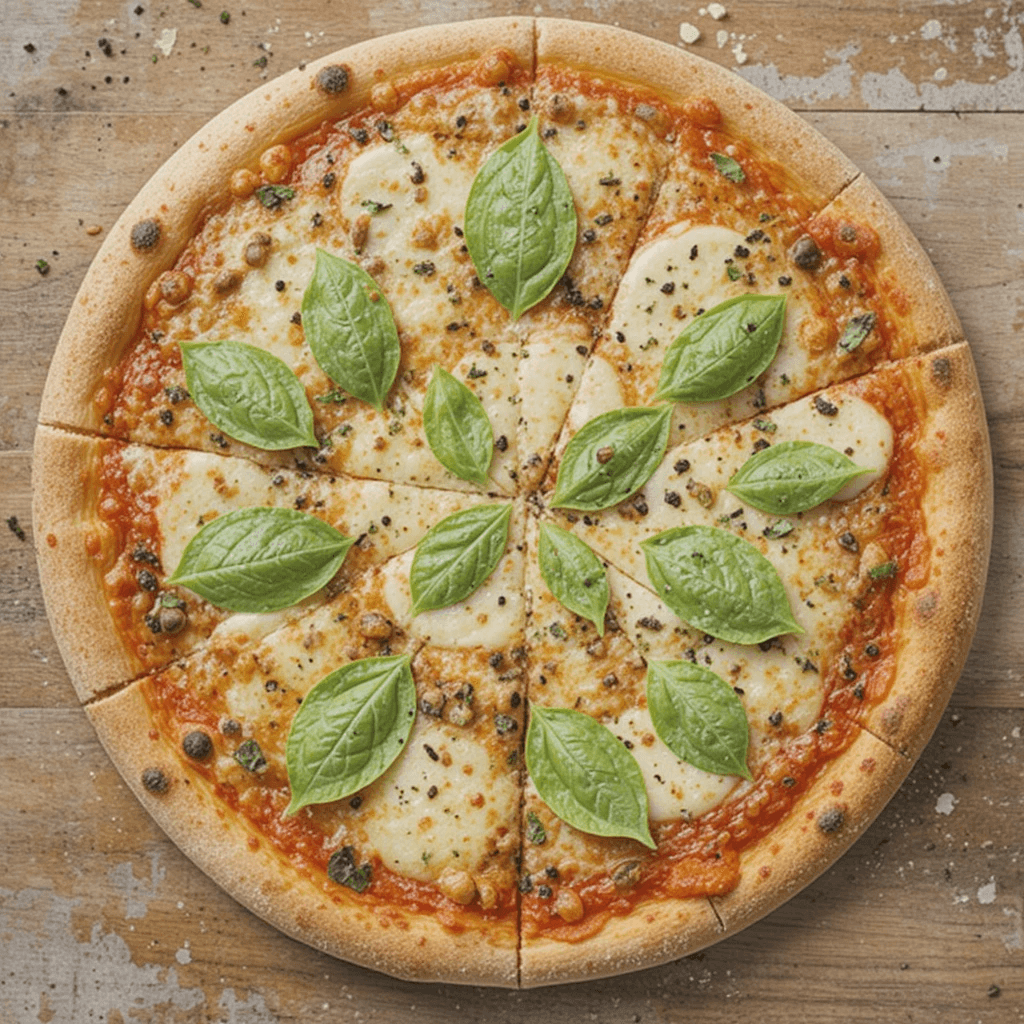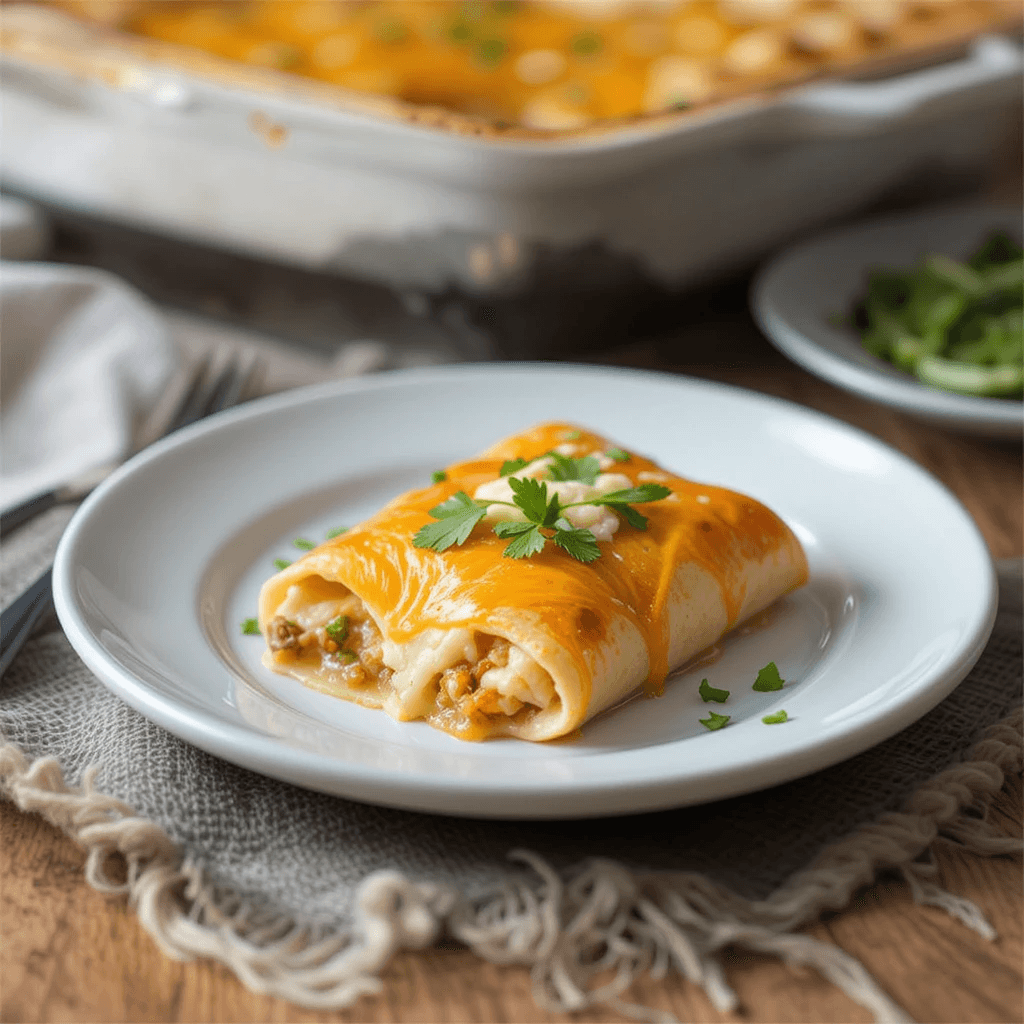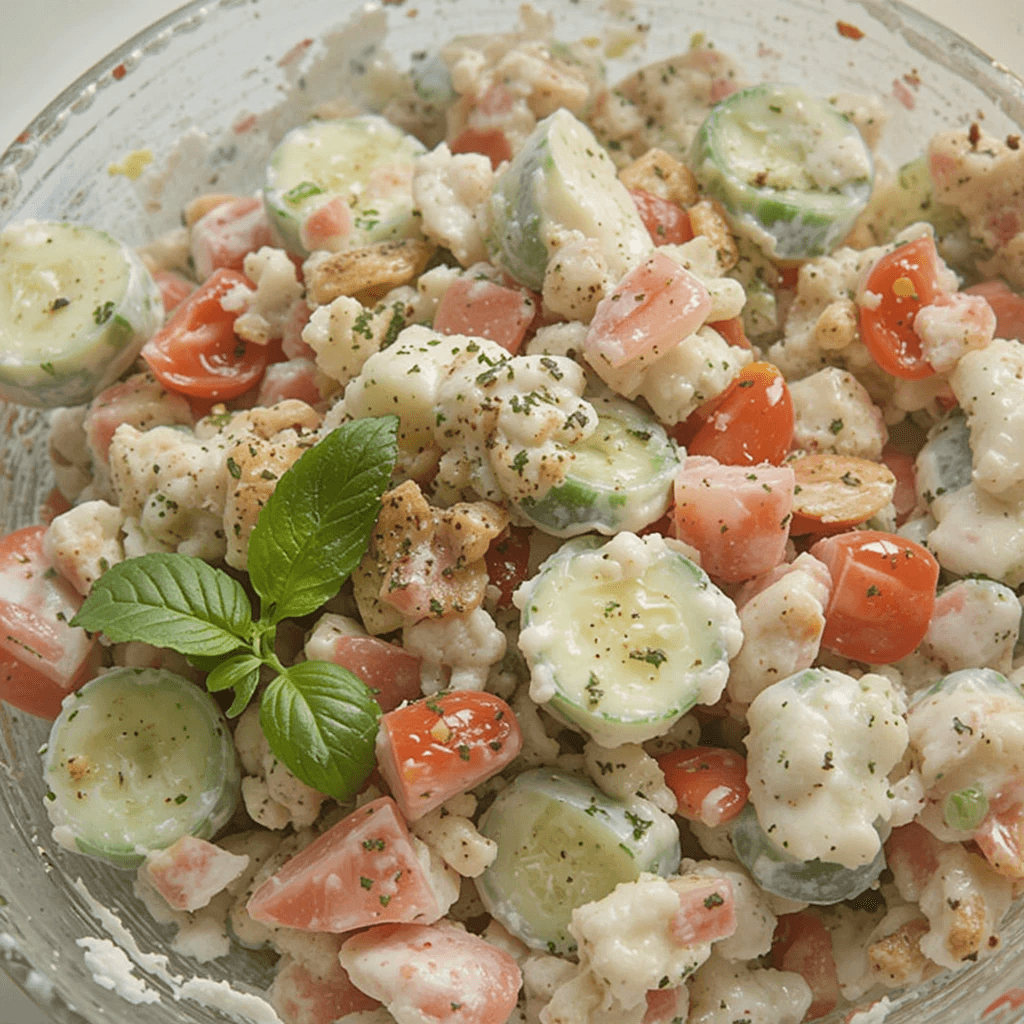What is Margherita Pizza? A Culinary Classic Born in Naples
Margherita pizza is not just a dish—it’s a culinary icon. Originating from Naples, Italy, it’s widely recognized as the gold standard of traditional Italian pizza. Simple yet profound in flavor, Margherita pizza honors the colors of the Italian flag: red (tomatoes), white (mozzarella), and green (basil). This dish embodies the perfect balance of authentic ingredients, artisanal technique, and cultural heritage.
The History Behind Margherita Pizza: Royal Origins
The birth of Margherita pizza is steeped in history. In 1889, Queen Margherita of Savoy visited Naples. Renowned pizzaiolo Raffaele Esposito crafted three different pizzas in her honor. The Queen favored the one with tomato, mozzarella, and basil. To commemorate her appreciation, Esposito named the dish Pizza Margherita. This endorsement by royalty propelled the dish into national and eventually global acclaim.
Essential Ingredients of Authentic Margherita Pizza
Crafting an authentic Margherita pizza begins with top-tier ingredients, each playing a vital role in delivering a flavor-rich experience:
1. Pizza Dough
The base must be made with 00 flour, water, salt, and fresh yeast. The dough undergoes a long fermentation period—ideally 24 to 48 hours—for optimal flavor and digestibility. The result is a crust that is light, airy, and chewy with slight crispness on the edges.
2. San Marzano Tomatoes
Grown in the volcanic soils near Mount Vesuvius, San Marzano tomatoes are revered for their low acidity and sweet, rich flavor. Crushed and lightly seasoned, they form the signature red sauce without overpowering the toppings.
3. Fresh Mozzarella di Bufala
The cheese must be Mozzarella di Bufala Campana DOP or Fior di Latte for authenticity. These varieties melt beautifully, creating a creamy texture with a mild tang, offering a perfect counterpoint to the tomato base.
4. Fresh Basil Leaves
Whole fresh basil leaves are added before or after baking, depending on tradition. They lend a fragrant herbal note, adding a refreshing layer of complexity to the flavor profile.
5. Extra Virgin Olive Oil
A drizzle of high-quality extra virgin olive oil before baking elevates all the ingredients, adding richness and ensuring a crisp crust.
Step-by-Step Guide: How to Make Traditional Margherita Pizza at Home
1. Preparing the Dough
Ingredients:
- 500g of 00 flour
- 325ml water
- 10g sea salt
- 3g active dry yeast
Instructions:
- Dissolve yeast in lukewarm water and let it sit for 5 minutes.
- Combine flour and salt, then gradually mix in the yeast solution.
- Knead for at least 10 minutes until elastic.
- Let the dough rise in a covered bowl for 2 hours, then refrigerate for 24 hours.
- Bring the dough to room temperature before shaping.
2. Making the Sauce
Crush whole San Marzano tomatoes by hand or with a food mill. Do not cook the sauce. Add a pinch of salt and a small amount of olive oil for balance.
3. Assembling the Pizza
- Preheat a pizza oven to 500°F (260°C) or higher.
- Stretch the dough gently into a 12-inch circle.
- Spread a thin layer of tomato sauce evenly.
- Add slices of mozzarella evenly across the pizza.
- Place basil leaves.
- Drizzle with olive oil.
4. Baking
Bake for 90 seconds to 4 minutes, depending on your oven’s heat capacity. A wood-fired oven is ideal. Look for leopard spotting on the crust—a sign of true Neapolitan excellence.
Tips for Perfect Margherita Pizza Every Time
- Use a pizza stone or steel if baking in a home oven. This mimics the floor of a traditional pizza oven.
- Allow the cheese to drain slightly before use to prevent excess moisture.
- Don’t overload the toppings. Simplicity is key.
- Use filtered water for the dough to prevent mineral interference with yeast activity.
Margherita Pizza vs. Other Varieties: What Makes It Unique
Margherita pizza differs from other pizzas due to its minimalist yet focused ingredient list. It’s not overloaded with toppings; instead, it emphasizes quality over quantity. Compared to a pepperoni or veggie-loaded pizza, Margherita offers a clean, refined, and balanced taste that lets each component shine.
Nutritional Insights of Margherita Pizza
While pizza is often considered indulgent, Margherita pizza—thanks to its simple ingredients—can be a relatively wholesome option.
- Calories: Approximately 250–300 per slice
- Protein: 12g per slice (from mozzarella and flour)
- Fats: Healthy fats from olive oil and cheese
- Carbohydrates: Predominantly from the crust
Choosing whole-food ingredients and proper portion control makes Margherita pizza a guilt-free indulgence.
Pairing Suggestions: What to Eat and Drink with Margherita Pizza
Enhance your Margherita experience with carefully chosen pairings:
- Wine: A glass of Chianti or Barbera complements the acidity of tomatoes and richness of cheese.
- Beer: Light lagers or pilsners cleanse the palate and balance the savory notes.
- Salads: A fresh arugula salad with lemon vinaigrette offers a crisp counterpoint.
Cultural Significance: A Symbol of Italian Culinary Pride
Margherita pizza isn’t just food—it’s a cultural ambassador. It has gained protected status (STG) from the EU, ensuring authenticity. Across the globe, it represents the soul of Italian cooking: fresh, seasonal, and artisanally prepared.
Modern Twists on a Classic Dish
Though tradition reigns, chefs around the world offer creative interpretations:
- Truffle oil-infused Margherita
- Vegan versions with cashew mozzarella
- Gluten-free crusts using rice or almond flour
Yet, even these variants pay homage to the original’s elegance.
Conclusion: Why Margherita Pizza Stands the Test of Time
The enduring popularity of Margherita pizza lies in its simplicity, integrity, and flavor precision. It is a dish that speaks to craftsmanship and cultural identity, capturing the essence of Italy in every bite. Whether enjoyed in a Napoli pizzeria or crafted at home, Margherita pizza remains an unparalleled culinary treasure.






